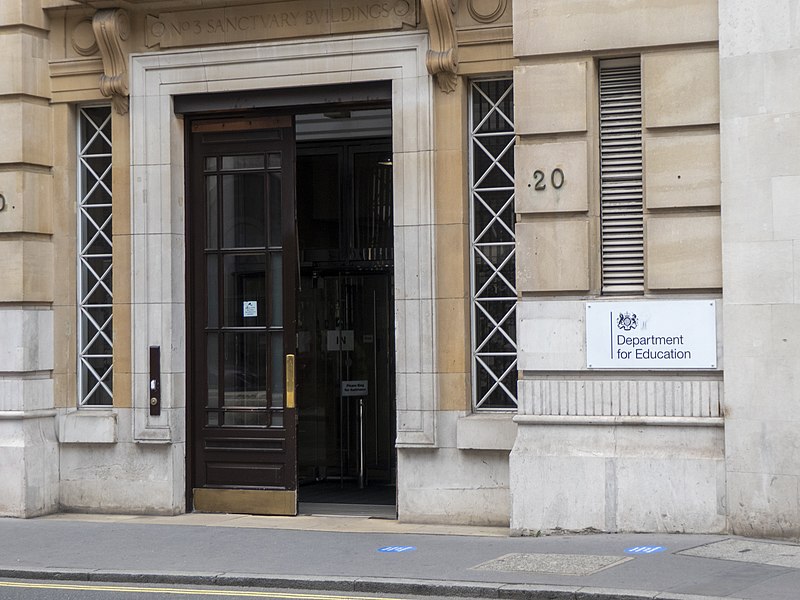
In a recent development, the British government has issued an immediate directive for the closure of school buildings constructed with a specific type of concrete that has
been identified as susceptible to structural failures, unless appropriate safety measures are implemented. This decision has prompted the relocation of students to alternative learning spaces in some cases, affecting over a hundred schools just days before the start of the new term.
The Department for Education (DfE) has released comprehensive guidelines outlining the necessary safety protocols to be implemented for buildings made with reinforced autoclaved aerated concrete (RAAC). The advisory states that any area utilizing RAAC must not remain operational without adequate mitigations in place. One of the prescribed safety measures involves reinforcing ceilings in these structures to prevent potential collapses.
While a precise timeline for the replacement of RAAC has not been provided by the DfE, educational institutions are urging for an immediate and comprehensive plan to address this issue and restore the structural integrity of affected buildings.
The urgency of this situation was underscored by a report from the National Audit Office (NAO) in June. The report deemed the risk of injury or fatality due to a collapse of a school building as "very likely and critical." The concern centered around structures that still utilized RAAC—a lightweight form of concrete that was commonly employed between the 1950s and the mid-1990s. The NAO highlighted that 572 schools were potentially at risk due to RAAC, with 65 schools confirmed to have this concrete type and 24 of them requiring immediate remediation.
It is worth noting that the majority of schools and colleges are not impacted by this announcement, and their operations will continue without interruption.
Gillian Keegan, the Education Secretary, stated that the decision was based on "new evidence about RAAC," and emphasized the importance of a cautious approach to ensure the safety of both students and staff. Keegan also mentioned that the government's plan aims to minimize disruptions to student learning and provide the necessary resources and support for schools to address the RAAC-related concerns.
In response, Julie McCulloch, the director of policy at the Association of School and College Leaders, expressed disappointment in the government's lack of sufficient investment in school infrastructure. She characterized the announcement as a "scramble" and stressed that while the safety measures were crucial, the required actions could potentially disrupt the learning environment for students, families, and staff. McCulloch suggested that the government should have initiated a proactive program to identify and mitigate this risk well before it reached this critical point. Photo by Sebastiandoe5, Wikimedia commons.







































